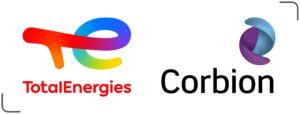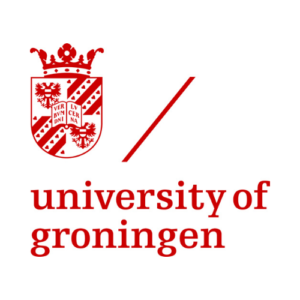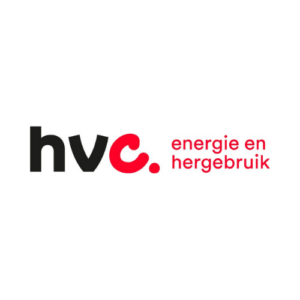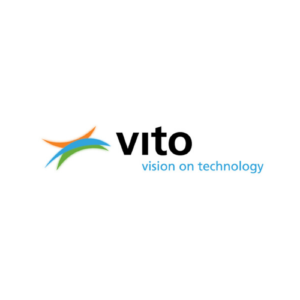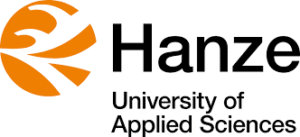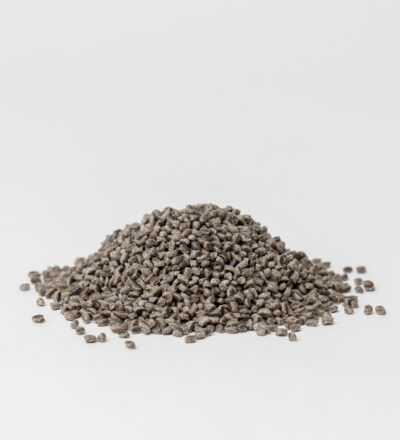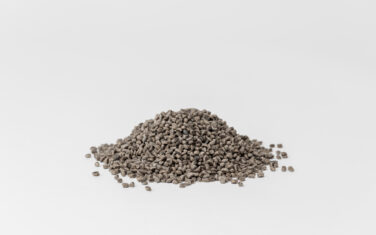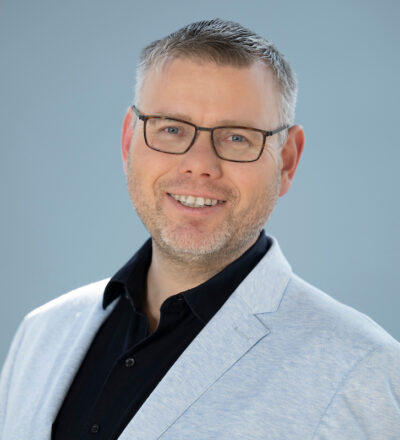Every year, large amounts of tertiary cellulose end up being incinerated. This results in unnecessary CO₂ emissions and loss of valuable material. The ACB project develops an alternative route: one that converts waste into new building blocks.
In short:
- Large amounts of tertiary cellulose end up being incinerated, causing unnecessary CO2 emissions.
- ACB enables full circular reuse: converting cellulose-rich waste into new building blocks for PLA.
- Impact potential of 245 kiloton CO₂ reduction annually, and up to 2 megaton CO2 annually with national scale-up.
Turning cellulose waste into high-value PLA
The Advanced Carbohydrate Biorefinery (ACB) project brings together industry, science and technology to transform cellulose-rich waste streams into polylactic acid (PLA) – a sustainable, biobased plastic with real-world applications.
Instead of incineration, ACB enables full circular reuse. The result: reduced CO2 emissions, new product value chains, and scalable innovation across the biobased economy.
By tertiary cellulose we mean the part of the paper that we cannot or will not recycle again. Apart from recycled paper, you can also think of diapers, toilet paper, tissues, drink cartons and (parts of) building materials. However, these residual flows still contain substantial amounts of cellulose, which we refer to as ‘tertiary’. (Source: Recell)
Why it matters
From linear waste to circular feedstock
This project converts waste into new building blocks. By turning cellulose into glucose, then lactic acid, and finally PLA, the consortium demonstrates a full-cycle, sustainable process – one that aligns with the Netherlands’ circular economy goals.
Impact potential:
- 245 kiloton CO2 reduction annually (with current implementation)
- Up to 2 megaton CO2 reduction annually with national scale-up
What we’re doing
A closed-loop PLA value chain
ACB is unique in covering the entire PLA value chain, from source to product. All technologies are developed and tested within a single, integrated consortium:
Collection and conversion
- HVC: sorting and delivering cellulose-rich waste
- Recell: converting cellulose to sugars via enzymatic hydrolysis
- VITO: developing purification and downstream processing
Fermentation and lactic acid production
- Nature’s Principles: using mixed microbial cultures for fermentation
- University of Groningen: using alternative chemo-catalytic route to lactic acid
Polymerisation and application
- Hanze University of Applied Sciences: purification and catalysis research
- TotalEnergies Corbion: polymerising lactic acid into PLA
- Green Basilisk: testing PLA in self-healing concrete
Recycling and circularity
- TORWASH: enabling mobile pilot for hydrothermal PLA chemical recycling
Coordination and dissemination
- ISPT: project leadership, stakeholder engagement, and knowledge sharing
Collaborating for the transition
The ACB project aligns with the RVO MOOI objectives for a circular, biobased economy. It shows the power of chain-oriented innovation: through open collaboration, shared risk and combined expertise, solutions emerge that go beyond individual interests and drive system change.
You might also be interested in
Acknowledgement & partners
Funding is provided by the Ministerie Klimaat en Groene Groei and the Biobased Circular Growth Fund.

